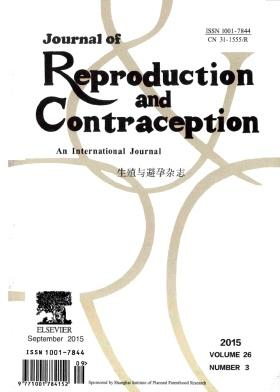The effect of antioxidants on increased oocyte competence in IVM: a review
IF 0.7
4区 医学
Q4 OBSTETRICS & GYNECOLOGY
引用次数: 0
Abstract
In vitro maturation (IVM) is considered a potential assisted reproductive technology that is a safer and simpler alternative to conventional in vitro fertilization. It is primarily used in patients with impaired oocyte maturation and for the treatment of infertile women who are at risk of fertility loss. In addition, IVM is currently used mainly in polycystic ovarian syndrome patients with a high ovarian response and is still considered an experimental option in fertility preservation. Producing highly competent oocytes during IVM is considered a key step in the success of in vitro production (IVP) of embryos. Some factors, such as culture medium conditions and other supplements, have a significant impact on oocyte IVM performance. One of the known disruptors of oocyte developmental competence in IVP is oxidative stress (OS), which is caused by an imbalance between the production and neutralization of reactive oxygen species (ROS). In vitro conditions induce supraphysiological ROS levels due to exposure to an oxidative environment and the isolation of the oocyte from the follicle protective antioxidant milieu. Given the importance of OS in oocyte competence, the establishment of standardized antioxidant IVM systems is critical for improving the overall success of IVP. This review focuses on the main antioxidants tested to protect oocytes against OS in IVM.抗氧化剂对IVM中提高卵母细胞能力的作用综述
体外成熟(IVM)被认为是一种潜在的辅助生殖技术,是传统体外受精的更安全、更简单的替代方案。它主要用于卵母细胞成熟受损的患者和有生育能力丧失风险的不孕妇女的治疗。此外,IVM目前主要用于卵巢反应高的多囊卵巢综合征患者,仍被认为是保持生育能力的实验选择。在IVM过程中产生高能力的卵母细胞被认为是胚胎体外生产(IVP)成功的关键步骤。一些因素,如培养基条件和其他补充剂,对卵母细胞IVM的性能有显著影响。IVP中卵母细胞发育能力的已知干扰因素之一是氧化应激(OS),这是由活性氧(ROS)的产生和中和之间的不平衡引起的。由于暴露于氧化环境以及卵母细胞从毛囊保护性抗氧化剂环境中分离,体外条件诱导超生理ROS水平。鉴于OS在卵母细胞能力中的重要性,建立标准化的抗氧化剂IVM系统对于提高IVP的整体成功至关重要。本文综述了IVM中保护卵母细胞免受OS侵害的主要抗氧化剂。
本文章由计算机程序翻译,如有差异,请以英文原文为准。
求助全文
约1分钟内获得全文
求助全文
来源期刊

Reproductive and Developmental Medicine
OBSTETRICS & GYNECOLOGY-
CiteScore
1.60
自引率
12.50%
发文量
384
审稿时长
23 weeks
 求助内容:
求助内容: 应助结果提醒方式:
应助结果提醒方式:


